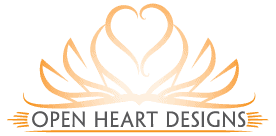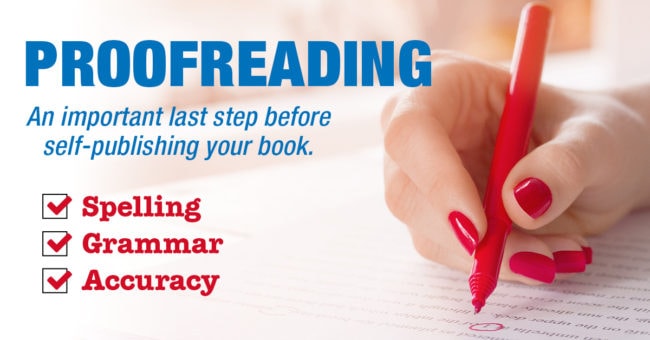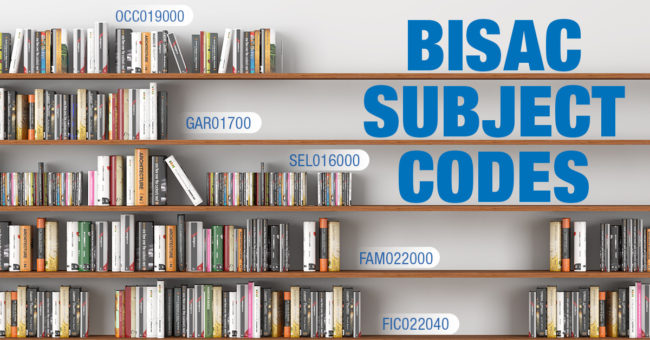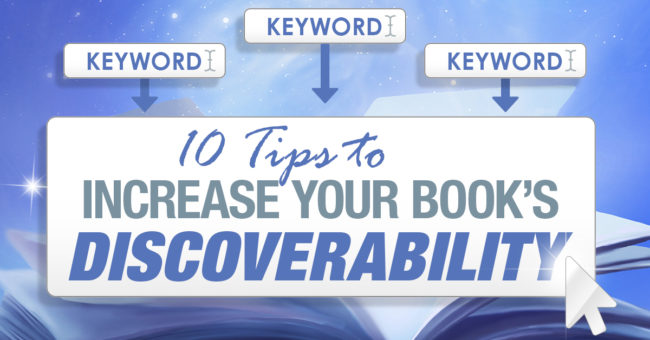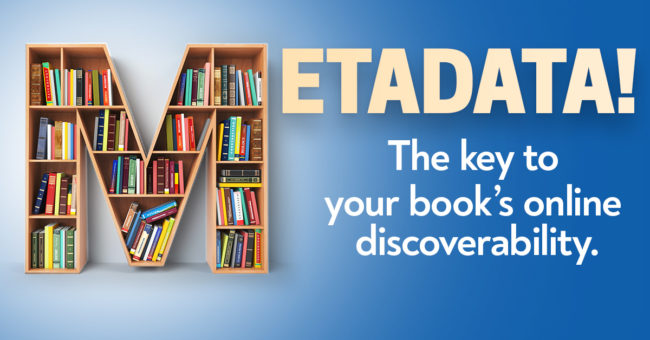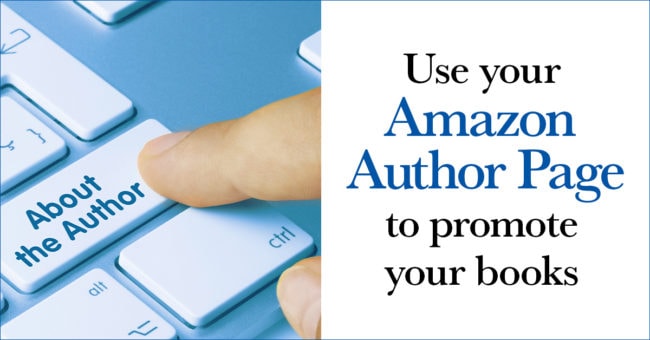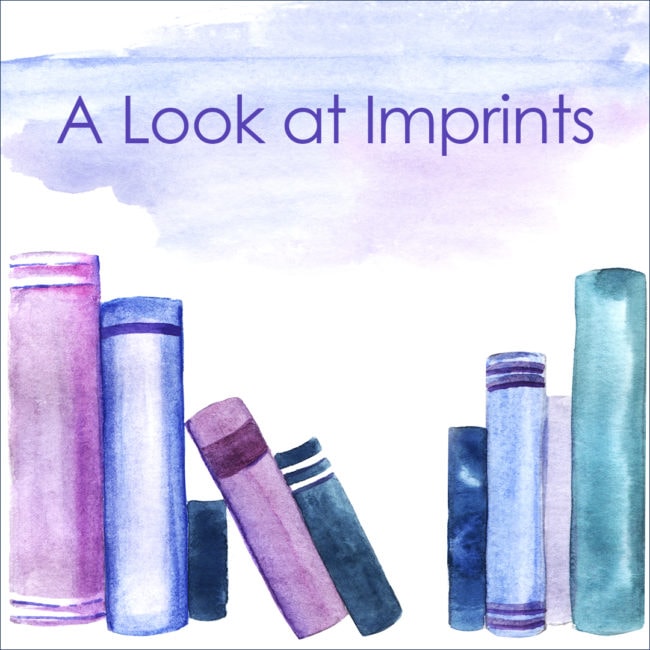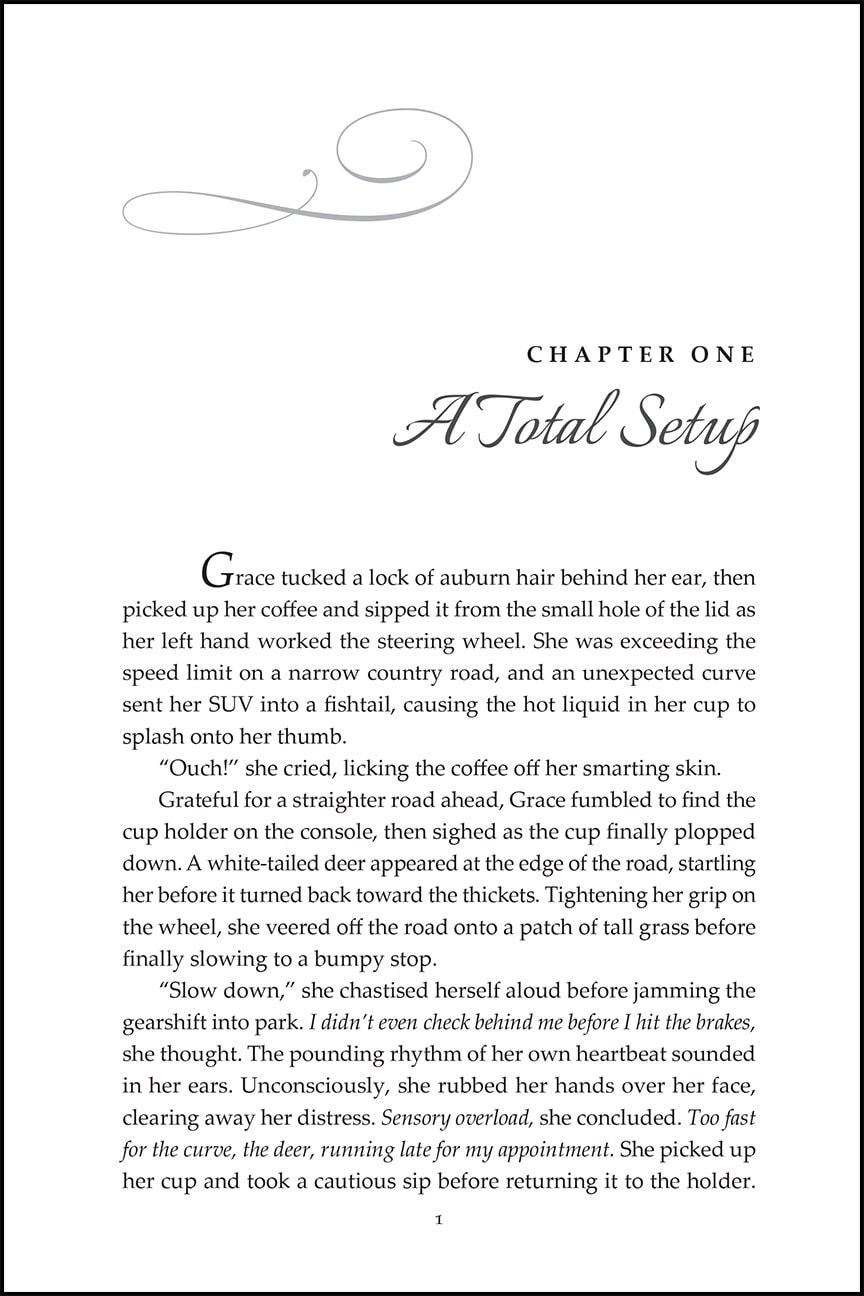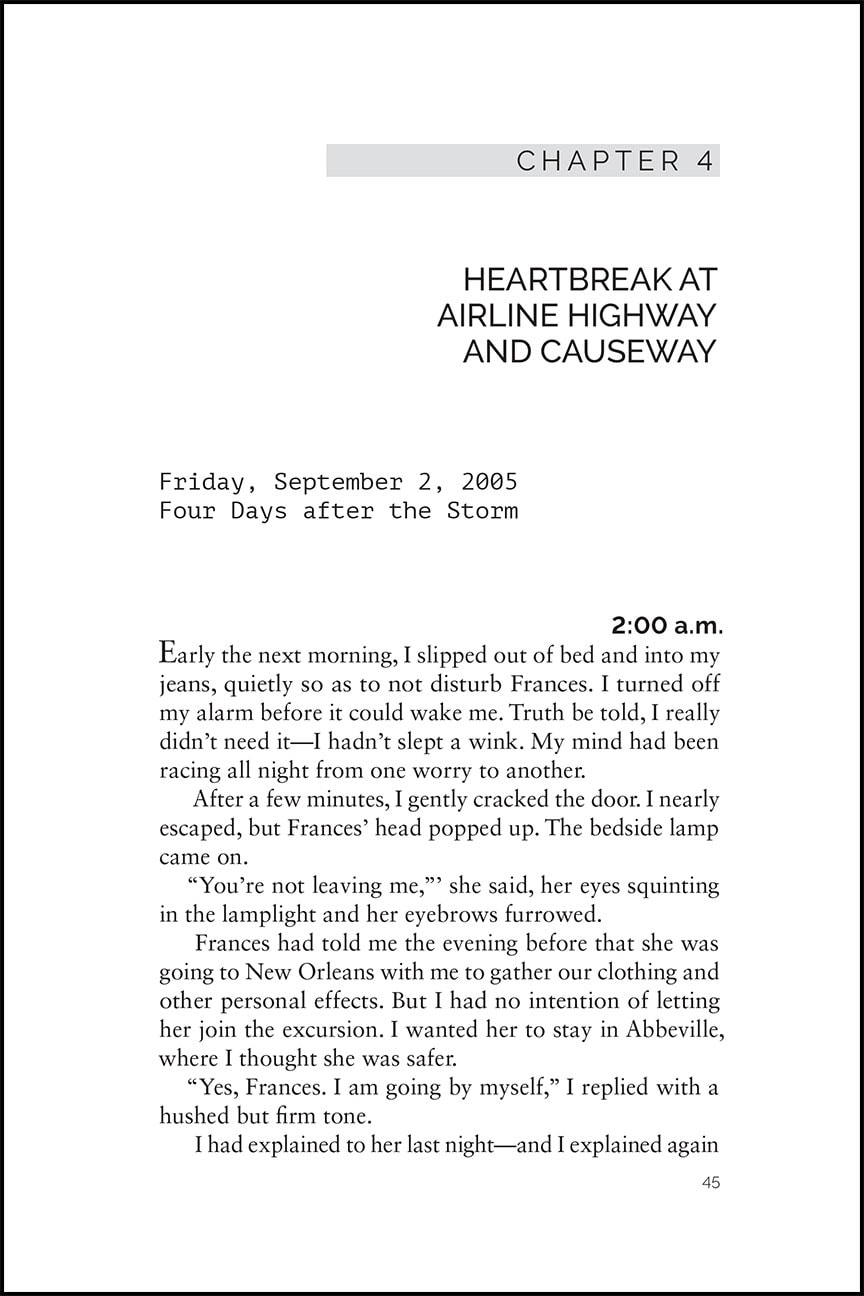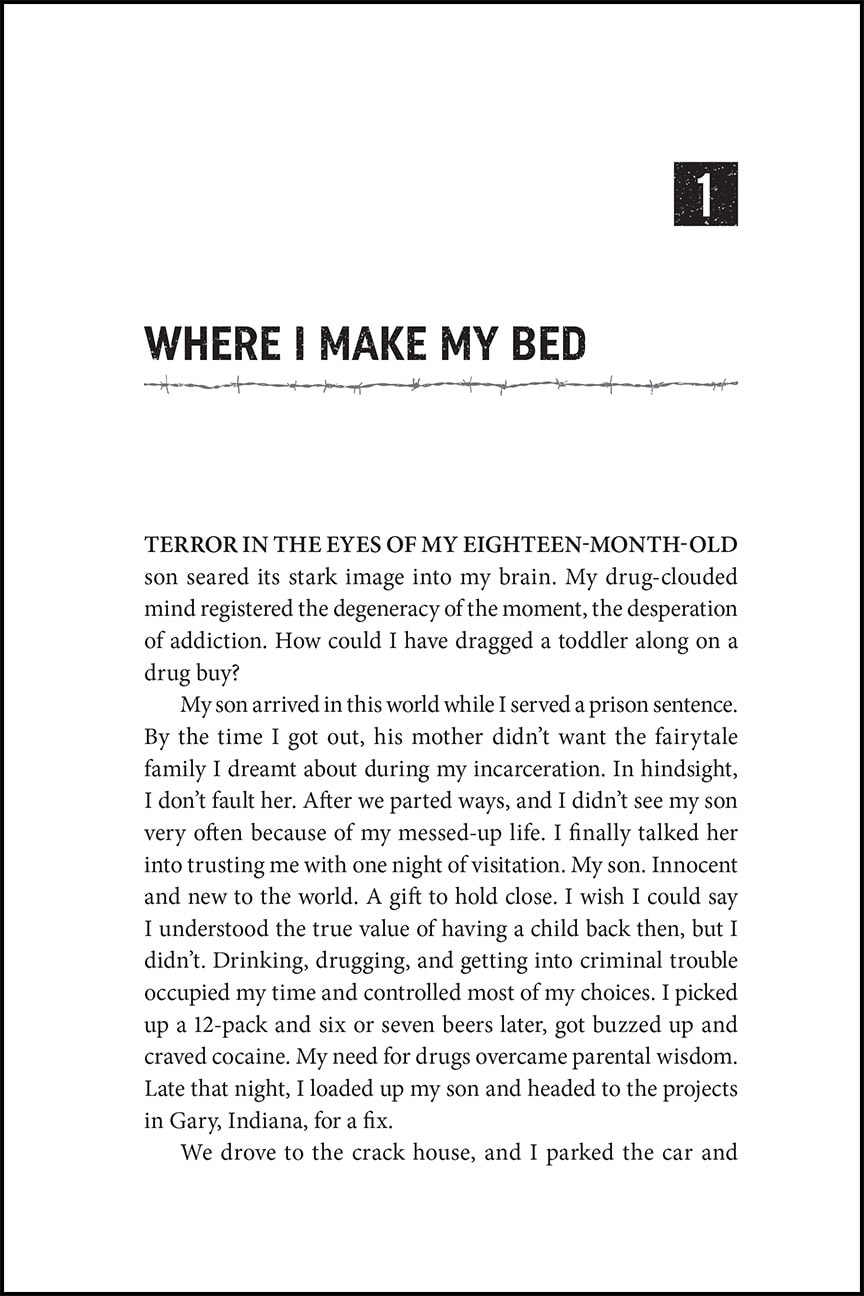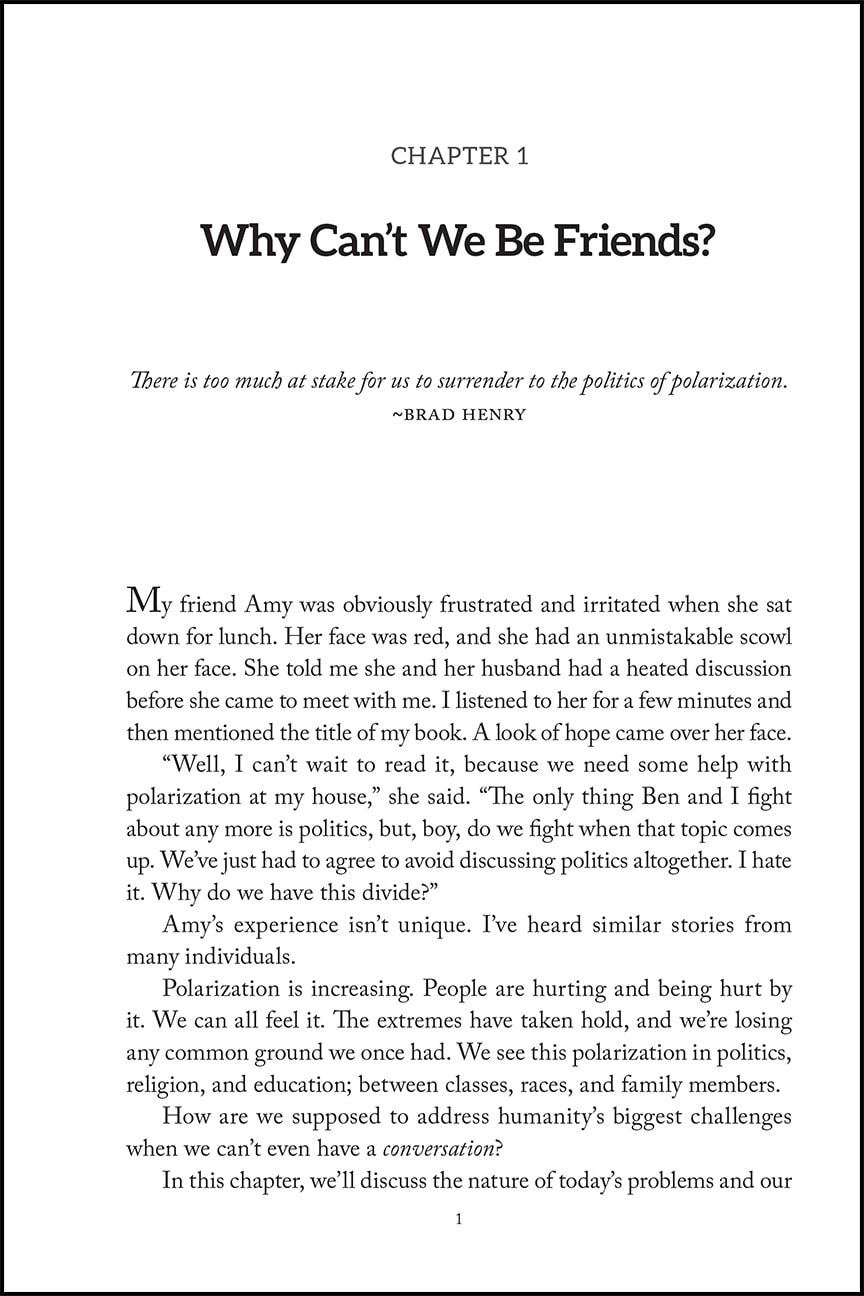As a designer I enjoy when I get to work on projects that allow me to stretch and flex my creative muscles. One such type of project is poetry book design! Poetry has experienced an upsurge in popularity during this time of pandemic and I've had the opportunity to work on a few poetry books recently. So, I thought I'd discuss the unique creative challenges that come with creating a book of poetry.
Poetry, being a work of art in itself, inherently contains much of the design in the way the author has written it. A very expressive form of writing, every carefully chosen word and specifically spaced or indented line helps to evoke feeling and meaning. Because each poem is an artistic entity unto itself the range of style and formatting can be quite vast.
With careful attention to each line, formatting poetry requires especially flexible design attention to ensure that the author's intended structure is, as much as possible, retained on the page. Poetry styles can vary significantly from poem to poem. Some styles are straight verse, some have short lines, some have staggered lines, some poems are very long and some only have one line. This can be a lot juggle when attempting to create a uniform book.
To ensure a beautiful book of poetry that is reflective of your work, a few considerations that we will discuss in our introductory meeting and that I will take into account as I design the pages are:
- Trim Size
- White Space
- Position of page numbers and running heads/feet
- Order of poems
- Text and Page alignment
- Hanging indentations for long lines that wrap to the next line
- Page breaks for poems that require multiple pages
- Facing pages for poems that require two pages
Poetry is a fun and particularly interesting challenge to plan and format with a goal that strives for balance on each page to achieve the overall best appearance for the work as a whole.
Help for Independent Presses
Book Design & Production
Have you written a nonfiction or fiction manuscript? After it has been professionally edited, I can design the interior pages and cover, plus guide you through the maze of book publishing and printing. To get started, contact me to discuss your project and my helpful guide for authors.
